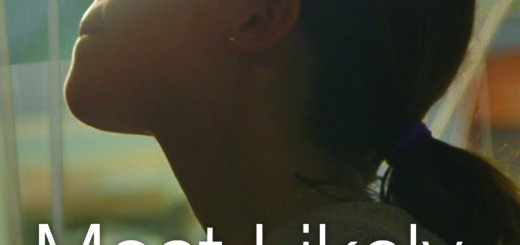Universal Design for Learning (UDL)
This week we talked about Universal Design for Learning and multimedia for diverse learners. I watched this video “What is Universal Design for Learning (UDL)”, in which they breakdown that not everyone learns the same and gives the example that it is like asking everyone to fit into one size of clothing. This is clearly not how life works. Then they describe UDL as an “education framework that guides the design of learning goals, materials, methods, and assessments”. By allowing options for learners, we can help to increase the success of all students. This is similar to a video called “Backward Design“, that I watched for another course. In the video, they state the three main steps: identification, evidence, and planning. As a camp leader, I can vouch that these steps are incredibly helpful to guiding my campers to success. For example, in camp, if we are having behavioural issues with a child, we will use this backward design method to teach what is considered “good behaviour” and prevent the “bad behaviour” from happening in the first place. As a camp leader, I recognize that just saying “no” does not work for everyone. This is due to the fact that everyone learns and adjusts to situations differently. Therefore, I use a Positive Behaviour Support System (PBS) to model what I want to see. The backward design method is actually inherited into the PBS system that I follow. First, I will identify the goal I have for the child/the behaviour I want to change. Second, I will use evidence (such as encouraging what I want to see) to ensure the camper has understood what I want ; I know this when they continue to model the behaviour that I am encouraging. Third, I will plan ahead to prevent the behaviour from happening in the first place. For example, by using gentle reminders such as “before we go inside, remember to use walking feet” or such, therefore the camper knows my expectations of them. Another option I often use is providing visuals. Many people, especially children, do not respond well to verbal cues or direction and require visuals. Therefore, by having images with my rules and expectations, campers can see exactly what they are supposed to do. By providing these visuals, it demonstrates the utilization of UDL because it gives all my campers who learn differently different ways to try to understand the expectations. For those who are verbal learners, they will get verbal reminders and also for those who are visual learners they can see exactly what is meant by my verbal direction with the images provided.
UDL is extremely important especially in educational settings, because as our guest speaker said, those with impairments struggle even more to learn. She mentioned that as educators it is our job to provide the help we can for our students given the limited resources we have. For example, we watched a video in which a child reads and speaks slower than the average student because of his learning disability, and to compensate for his disability he used an iPad and speech-to-text which allowed him to communicate ‘normally’ with his peers. As a future educator I hope to be able to provide resources for all my students needs, and one way to ensure my materials are accessible for all would be by providing alternative methods of learning. For example, I would provide online resources, as well as paper copies, and present information in more than one way i.e., with visuals, text, and speech. In class we also learned how to properly use physical properties to describe things for those who may have visual impairments. This is extremely helpful when using text-to-speech for describing images, and this is why we learned how to use ALT text in class.
Resources
Adaptations and modifications guide – burnaby schools. (n.d.). Retrieved June 19, 2022, from https://burnabyschools.ca/wp-content/uploads/2014/09/adaptations_and_modifications.pdf
BC Ministry of Education http://udlresource.ca/2017/12/backward-design/
Promoting accessible classroom – ascension wheelchair lifts. Ascension Wheelchair Lifts – ADA Compliant Wheelchair Lifts. (2021, June 4). Retrieved June 18, 2022, from https://www.ascension-lift.com/blog/schools/3-steps-accessible-classroom/
What is Universal Design for Learning (UDL)? YouTube. (2017, November 2). Retrieved June 18, 2022, from https://youtu.be/AGQ_7K35ysA


